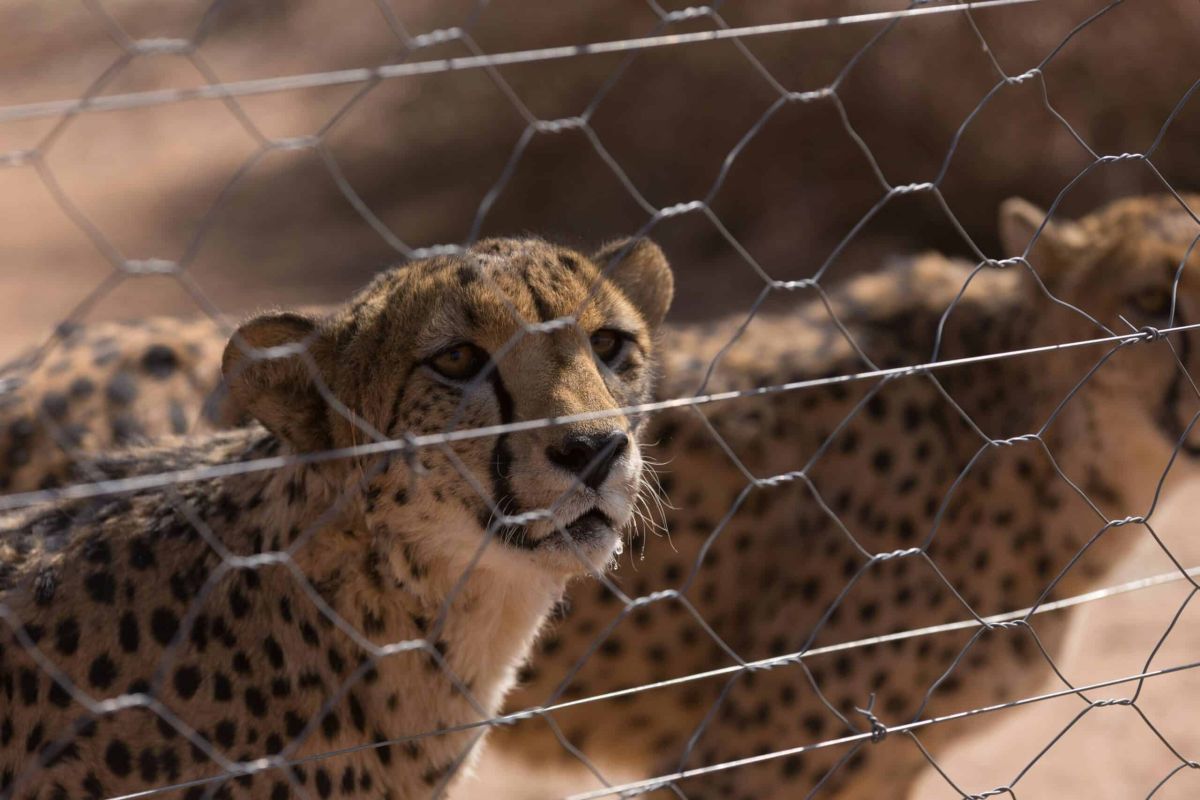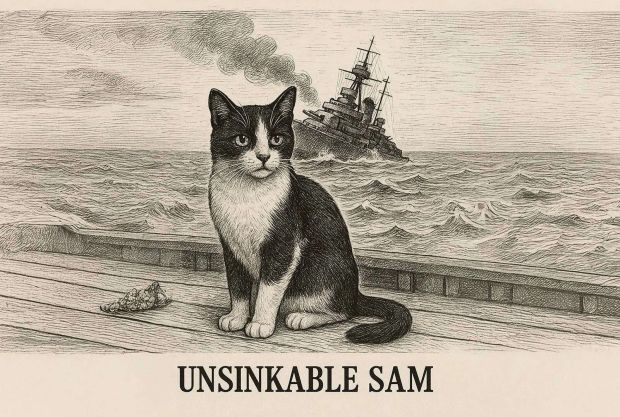The Challenge of Wildlife Rehabilitation: Why Some Animals Can’t be Released into the Wild

In the field of wildlife rehabilitation, the noble goal is to rescue, rehabilitate, and ultimately release injured or orphaned animals back into their natural habitats. For many species, this process is a testament to the resilience of nature and the dedication of humans working to preserve it. However, not all animals can be safely returned to the wild. Various factors contribute to this, highlighting the complex relationship between wildlife, human intervention, and ethical considerations in conservation efforts.
Reasons for Non-Releasability
- Injuries and Health Issues
Animals suffering from debilitating injuries may not be able to fend for themselves in the wild. For example, a bird with a damaged wing or a mammal with a broken leg may never recover fully enough to thrive independently. These physical limitations can hinder their ability to hunt, evade predators, or navigate their environments effectively, ultimately compromising their chances for survival. - Imprinting and Behavioral Changes
Some young animals raised in captivity may develop a phenomenon known as imprinting, whereby they form attachments to human caregivers rather than their own species. This often occurs in species such as ducks and geese, which rely on social bonds to learn survival behaviors. Animals that imprint on humans may lack the necessary instincts to survive alone, rendering them incapable of living without human assistance. - Chronic Medical Conditions
Animals with chronic medical conditions may also be deemed unfit for release. These conditions can affect their mobility, sensory perception, or overall health, making it difficult for them to hunt, find shelter, or reproduce in the wild. Conditions such as chronic infections, neurological issues, or genetic defects can all lead to non-releasability, necessitating lifetime care in a sanctuary or rehabilitation center. - Exposure to Human Habituation
Animals that have had extensive human contact may become habituated to people and unable to exhibit natural behaviors. This is particularly true for species such as raccoons and foxes, which might begin to associate humans with food. Such behaviors can lead to conflicts with human populations and increase the risk of injury or death for the animal involved. Habituated animals often struggle to find food or shelter and may be more susceptible to exploitation or environmental dangers. - Species-Specific Conservation Concerns
Certain species are particularly vulnerable due to their ecological status or population dynamics. For endangered species, every individual counts. If a captive animal is deemed unsuitable for release, it may be kept within a breeding program to ensure species survival, rather than risk introducing a compromised individual into a dwindling wild population. Managing genetic diversity while preventing potential harm to wild populations is a crucial aspect of wildlife conservation.
Ethical Considerations in Rehabilitation
The decision to keep an animal in captivity rather than release it into the wild is never taken lightly. Wildlife rehabilitators face ethical dilemmas when balancing the well-being of individual animals against broader conservation goals. This process involves evaluating their ability to thrive independently against the reality that their condition may require ongoing human support.
Organizations dedicated to wildlife rehabilitation often emphasize the importance of education and community involvement. Raising awareness about the challenges these animals face can foster appreciation for the roles that rehabilitators play in conservation efforts—and the necessity of protecting natural habitats to reduce human-wildlife conflicts.
The Role of Sanctuaries
For animals deemed unreleasable, sanctuaries offer a vital second chance. These facilities provide lifelong care and a safe environment where animals can live out their lives without the pressures of the wild. Sanctuaries play an essential role in public education, offering visitors the opportunity to learn about these animals’ unique needs and the conservation issues surrounding their species.
Conclusion
While the mission to rehabilitate and release wildlife is a cornerstone of conservation efforts, it is essential to recognize that not all animals can return to their natural homes. Understanding the complexities of wildlife rehabilitation, from physical injuries to behavioral challenges, is critical for developing effective strategies for animal care and species preservation. By investing in sanctuaries and supporting ethical wildlife rehabilitation practices, we can contribute to a more sustainable coexistence between humans and wildlife, ensuring that those animals who cannot return to the wild still find a place where they can be cared for with dignity and compassion.



